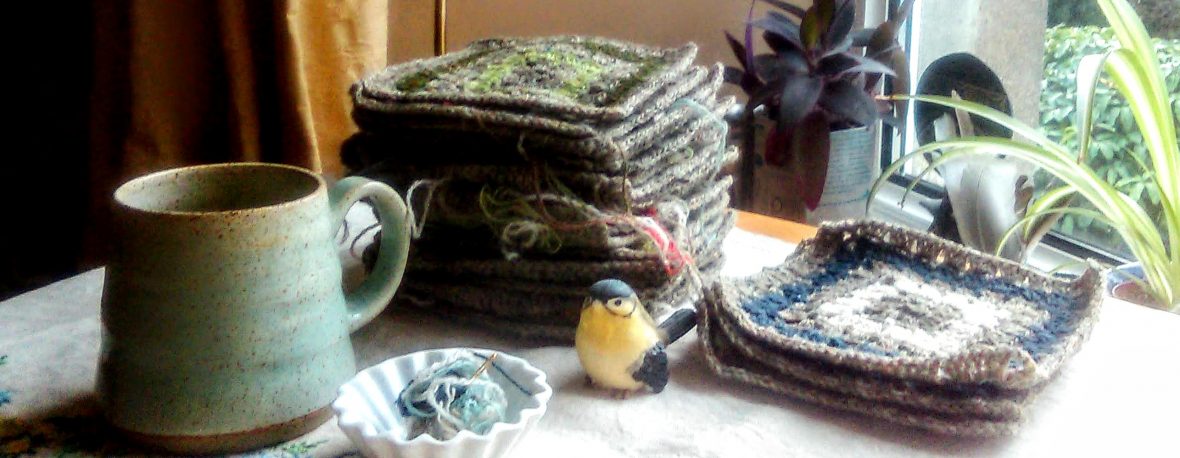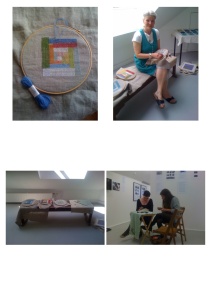Race, Gender, Feminist Theory, and Political Action Here feminist philosophers and ecofeminist scholars pursue the connections between feminism and environmentalism. Topics include the ecofeminist ethic; the role of patriarchal concepts in perpetuating the domination of women and nature; the grassroots origins and character of a thoughtful ecofeminism; the “ecofeminism-deep ecology debate” in environmental philosophy; deep ecological treatment of animal rights and the omission of ecofeminist analyses of the domination of animals, abortion, and nuclear deterrence; and ways ecofeminism and the science of ecology are or could be engaged in complementary, supportive projects. The contributors are Carol J. Adams, Carol H. Cantrell, Jim Cheney, Chris Cuomo, Deane Curtin, Victoria Davion, Roger J. H. King, Stephanie Lahar, Patricia Jagentowicz Mills, Patrick D. Murphy, Val Plumwood, Catherine Roach, Robert Sessions, Deborah Slicer, and Karen J. Warren. |
Women healing earth:Third World women on ecology, feminism, and religion |
EcofeminismDrawing on the insights of ecology, feminism, and socialism, ecofeminism’s basic premise is that the ideology that authorizes oppression based on race, class, gender, sexuality, physical abilities, and species is the same ideology that sanctions the oppression of nature. In this collection of essays, feminist scholars and activists discuss the relationships among human begins, the natural environment, and nonhuman animals. They reject the nature/culture dualism of patriarchal thought and locate animals and humans within nature. The goal of these twelve articles is to contribute to the evolving dialogue among feminists, ecofeminists, animal liberationists, deep ecologists, and social ecologists in an effort to create a sustainable lifestyle for all inhabitants of the earth. Among the issues addressed are the conflicts between Green politics and ecofeminism, various applications of ecofeminist theory, the relationship of animal liberation to ecofeminism, harmful implications of the romanticized woman-nature association in Western culture, and cultural limitations of ecofeminism.
|
Ecofeminism:Women, Culture, Nature (Google eBook) “… provides readers with a much-needed cross-cultural and multidisciplinary perspective on ecofeminist activism and scholarship.” — Iris “… a very important contribution to the literature on ecological feminism.” — Ethics “I think the unique collection of so many different perspectives will help to push readers out of their disciplinary views and work to bring theory and practice together in meaningful ways…. an excellent resource for scholars and teachers…” — Teaching Philosophy Here the potential strengths and weaknesses of the growing ecofeminist movement are critically assessed by scholars in a variety of academic disciplines and vocations, including anthropology, biology, chemical engineering, education, political science, recreation and leisure studies, sociology, and political organizing. Timeless Simplicity:Creative Living in a Consumer Society This is a book about simplicity – not destitution, parsimoniousness or self-denial, but the restoration of wealth in the midst of an afflence in which we are starving the spirit. It is a book about the advantages of living a less cluttered, less stressful life than that which has become the norm in the overcrowded and manic-paced consuming nations. It is a book about having less and enjoying more, enjoying time to do the work you love, enjoying time to spend with your family, enjoying time to pursue creative projects, enjoying time for good eating, enjoying time just to be. |



















